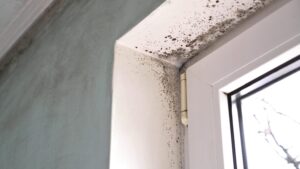Safety Information for Burning Vegetation at Home
Regular burning of vegetation on your property is, ironically, a wonderful way to prevent wildfires. This kind of maintenance is typically completed in the springtime. It may sound intimidating to conduct your own burn pile. However, safely ridding of vegetation in this manner is very helpful for fire resistance on your property. Here are some guidelines to follow so you can burn in a safe manner.
How to Conduct a Burn Pile
First, contact your local fire department to obtain a burn permit. They will provide you with additional safety information so you can burn effectively. Typically, when weather is generally too hot and land is dry, a burn ban will be put in place for the season. You will also be instructed to check in with a specific location on whether a designated day is a “burn day.” Days that are windy and dry are not permissible burn days. Piles may not be larger than 4’ in diameter and you must place your burn pile at least 10’ (starting from the outside of your pile) away from any other flammable materials. Typically, only one burn pile may operate at a time. Make sure to have a long hose and shovel available; keeping the outside area of the burn pile wet can prevent a burn pile from escalating out of control.
What To Burn
Acceptable burn items include dry vegetation such as branches, leaves and logs. Not accepted burn items include household trash and chemicals. Lately up and down California, clearing of trees is being conducted in heavily wooded neighborhoods and around power lines to reduce the risk of a wildfire. Maintaining a clearance of 100’ around your property is recommended, if possible, so your property can be more fire resistant.



